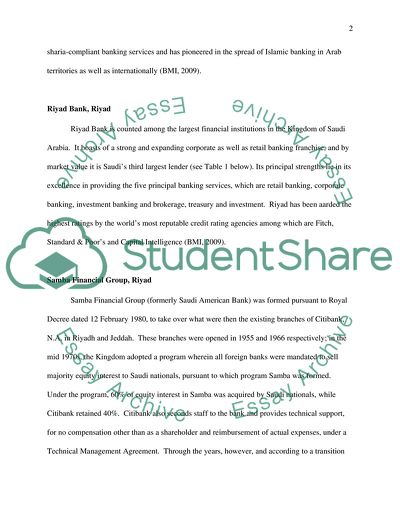Cite this document
(Key Features of Islamic Banking Business in the Kingdom of Saudi Term Paper, n.d.)
Key Features of Islamic Banking Business in the Kingdom of Saudi Term Paper. Retrieved from https://studentshare.org/finance-accounting/1733793-islamic-banking-yasser
Key Features of Islamic Banking Business in the Kingdom of Saudi Term Paper. Retrieved from https://studentshare.org/finance-accounting/1733793-islamic-banking-yasser
(Key Features of Islamic Banking Business in the Kingdom of Saudi Term Paper)
Key Features of Islamic Banking Business in the Kingdom of Saudi Term Paper. https://studentshare.org/finance-accounting/1733793-islamic-banking-yasser.
Key Features of Islamic Banking Business in the Kingdom of Saudi Term Paper. https://studentshare.org/finance-accounting/1733793-islamic-banking-yasser.
“Key Features of Islamic Banking Business in the Kingdom of Saudi Term Paper”, n.d. https://studentshare.org/finance-accounting/1733793-islamic-banking-yasser.


